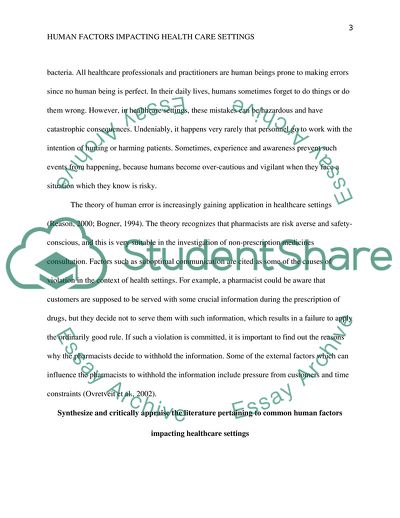Cite this document
(Human Factors Impacting Health Care Settings Report - 1, n.d.)
Human Factors Impacting Health Care Settings Report - 1. https://studentshare.org/health-sciences-medicine/1780315-human-factors-impacting-on-health-care-settings
Human Factors Impacting Health Care Settings Report - 1. https://studentshare.org/health-sciences-medicine/1780315-human-factors-impacting-on-health-care-settings
(Human Factors Impacting Health Care Settings Report - 1)
Human Factors Impacting Health Care Settings Report - 1. https://studentshare.org/health-sciences-medicine/1780315-human-factors-impacting-on-health-care-settings.
Human Factors Impacting Health Care Settings Report - 1. https://studentshare.org/health-sciences-medicine/1780315-human-factors-impacting-on-health-care-settings.
“Human Factors Impacting Health Care Settings Report - 1”. https://studentshare.org/health-sciences-medicine/1780315-human-factors-impacting-on-health-care-settings.


